
In order to develop their instrumentation and observation skills, all students following the TESS programme will perform a very practical, hands‐on project centered on state of the art instrumentation available in the TESS partner laboratories. Each will consist of a preparation phase concerning study of the conception and construction of an instrument, a deployment phase in the field, and an exploitation phase of the data obtained.
Each student undertakes one observation project among the six offered. This 60-hour project spans the two years of the Master’s program, totaling 6 ECTS.
Some projects may be extended through an internship.
Monitoring the transient sky at the Pic du Midi
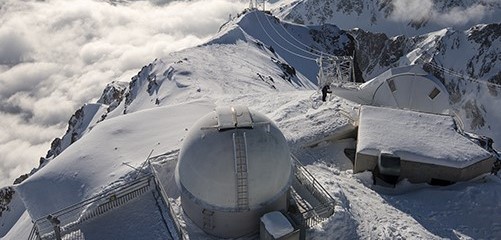
During a trip to the Pic du Midi in the Pyrenees Mountains, students will perform a variety of astronomical observations using a dedicated telescope. Through exposure to the lastest techniques, students will be able to produce projects of international calibre in the field of transient phenomena in astronomy. This project is presented in partnership with IRAP.
Combining satellite and in situ observations and modelling for the study of land-sea continuum
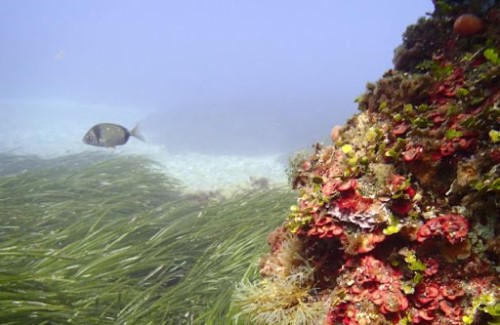
Students will conduct a study of the marine environment, from designing the in situ measurement campaign to final analysis of the marine environment and modelling. The practical work will be done along the Mediterranean Sea at Banyuls-sur-Mer (coastal environnement) and at Palme/Canet (littoral and lagoon environment) in partnership with CEFREM and LEGOS.
In situ and remote sensors for monitoring continental surfaces
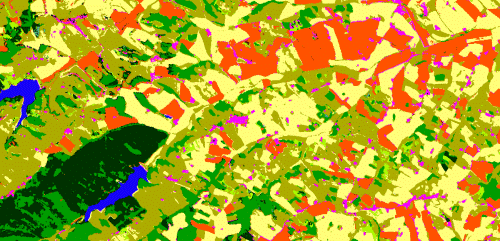
Students will implement a range of complementary tools to characterize the ecosystem services associated with agro-ecological infrastuctures: Very high spatial resolution images will be combined with in situ measurements by sensors and laboratory analyses. This project will be carried out on the Auradé experimental site (Gers) managed by CESBIO.
Laboratory experiments (fluid dynamics)
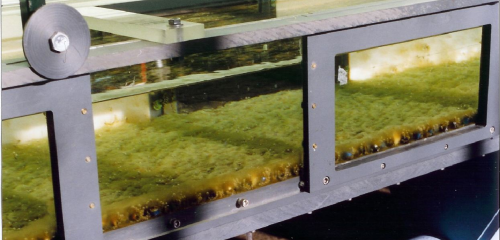
Experimental measurements in fluid dynamics will be conducted at IMFT using specific optical and acoustic measurement techniques for environmental flows and related processes. These experiments could be applied to several topics including:
- Thermal convection in a complex fluid (Earth interior)
- Dispersion in a turbulent boundary-layer flow (pollen/pollutant dispersion in atmosphere or rivers)
- Stratified/Rotating fluids (Ocean/Atmosphere dynamics)
- Intrusion in granular medium (roots in soil, insect/animal in desert)
Monitoring of hydrochemical and sedimentary parameters for the study of contaminant transfer
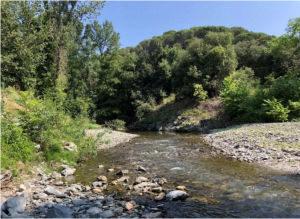
This project, proposed by GET is based on the monitoring of hydrochemical and sedimentary parameters of the Orbiel Valley (Aude, France) impacted by former gold and arsenic mines. The students will experiment with the deployment of instruments for the acquisition of in situ or satellite data and will see how to process these data for a better understanding of the transfer of contaminants within the valley.
